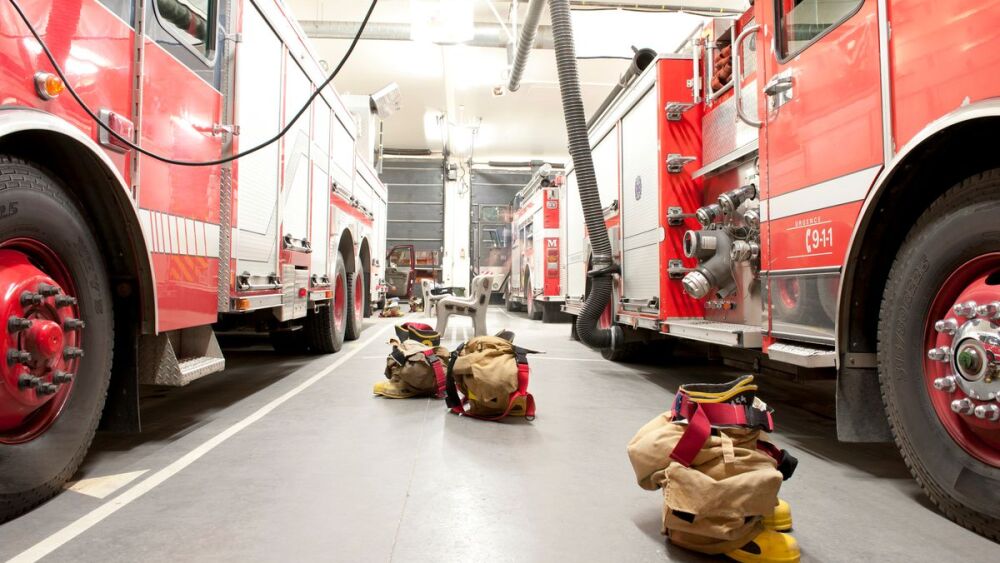On January 9, the Federal Emergency Management Agency (FEMA) opened the 2022 Assistance to Firefighters Grant Application. While this is a welcome development, the announcement creates potential conflicts because there are literally hundreds of 2021 grant awards that have not been announced. The AFG program has never experienced this type of situation and it is causing confusion among departments that have not heard anything about their 2021 application.
What brought about this situation? For 2021, FEMA had an extra $90 million in funding—compliments of the American Rescue Plan—attached to the AFG program. The regular awards comprising $332 million were completed in a timely fashion before October 1. The extra $90 million was not subject to the same deadline, so FEMA has continued to sporadically announce awards. As of publication, FEMA still has approximately $85 million in awards to announce for 2021 AFG.
Dilemma for Some Departments
Having two application cycles open simultaneously places many departments in a predicament. These departments have not received a denial letter, nor have they received an award. How should they proceed for their 2022 AFG application? Do they apply for the same project they did in 2021? If they do and their 2021 application gets funded, they will have to withdraw their 2022 application. They could gamble and not submit a 2022 application, but what if their 2021 application doesn’t get funded?
Ideally, departments would know whether they have been funded in 2021 before submitting a 2022 AFG application. But at the current rate of award announcements by FEMA it is very likely the 2022 application period will close (on Feb. 10, 2023) before all 2021 awards are announced. Some departments will need to decide about their 2022 application without knowing where their 2021 application stands.
One suggestion by someone I spoke with at FEMA was to have a standby project in mind just in case you hear about your 2021 application before 2022’s grant period closes. I ran that scenario by one fire chief and he said, “I don’t have a second project. I need 20 sets of turnout gear.” FEMA has also suggested if you are one of the departments in limbo you may contact your regional FEMA representative for help.
What’s New for AFG 2022
The FY 2022 AFG Program funding notice contains some changes to definitions, descriptions and priority categories.
The definition of “Combination Fire Department” was updated to mean a fire department with paid firefighting personnel and volunteer firefighting personnel. FEMA considers a fire department with firefighting personnel paid a stipend, regardless of the amount, on a per-event basis, or paid-on-call, to be a combination fire department. This also includes non-fire emergency medical service personnel of the department.
Changes to the Additional Funding section of the Personal Protective Equipment Activity affect what equipment departments can include in a request for SCBA and PPE. Air Compressor/Fill Station/Cascade Systems (Fixed or Mobile) have been added in support of an SCBA request and PPE Washer/Extractor/Dryer has been added in support of a PPE gear request. This means if you are applying for SCBA you can also request a fill station under additional funding. And if you are applying for turnout gear, you can request a washer and/or dryer at the same time. Previously these would have been considered under two separate requests.
Equipment Activity changes include:
- P-25 compliant portable radios should be requested based on the number of seated riding positions or active members of the department and supported in the request narrative.
- Repairs and upgrades to the existing simulators was added as high-priority item for State Fire Training Academy applicants. Software and learning management systems for fire department applicants was changed to low priority.
- Vehicle-mounted exhaust systems are high priority for fire department, regional, nonaffiliated EMS and State Fire Training Academy applicants.
- Subscriptions necessary for the operation of the awarded equipment and purchased concurrently are eligible.
Regional Application changes include:
- Clarification that the host organization and its partners must be the intended beneficiaries of the proposed project.
- The same vendor must be utilized for all program purchases.
- Clarification that the host of the regional application is not considered a pass-through entity and may not issue any subawards.
In the Vehicle Acquisition section, several definitions were added:
- Front Line Vehicle: A vehicle fully equipped and ready to respond to emergency calls (first-due, second-due, ready-reserve vehicle).
- Ready-Reserve Vehicle: A vehicle that is equipped and may be easily made ready to respond (i.e., emergency mobilization).
- Reserve Vehicle: A vehicle not fully equipped and not ready to respond. Reserve apparatus is used when the front-line vehicle is out of service (repairs/maintenance). Equipment is removed from the front-line vehicle and moved to the reserve vehicle for emergency response.
- Temporarily Out of Service Vehicle: A vehicle that has been temporarily removed from emergency response duties due to mechanical or safety conditions requiring repair. Although currently out of service, this vehicle is required to meet the response needs of the agency. Temporarily out of service vehicles are included in the vehicle inventory and in the seated position count and are eligible for replacement in the AFG Program.
- Decommissioned Vehicle: A vehicle that has been permanently removed from all emergency response duties or functions. Examples include retired vehicles awaiting disposal, vehicles used solely for parade/public relations use, antique vehicles, display vehicles or similar uses. Decommissioned vehicles are not listed in the vehicle inventory or included in the seated position count and are not eligible for replacement under the AFG Program.
Lexipol’s Grant Services team is committed to helping you navigate the changes and issues surrounding AFG 2021 and 2002. Stay tuned for more updates!














